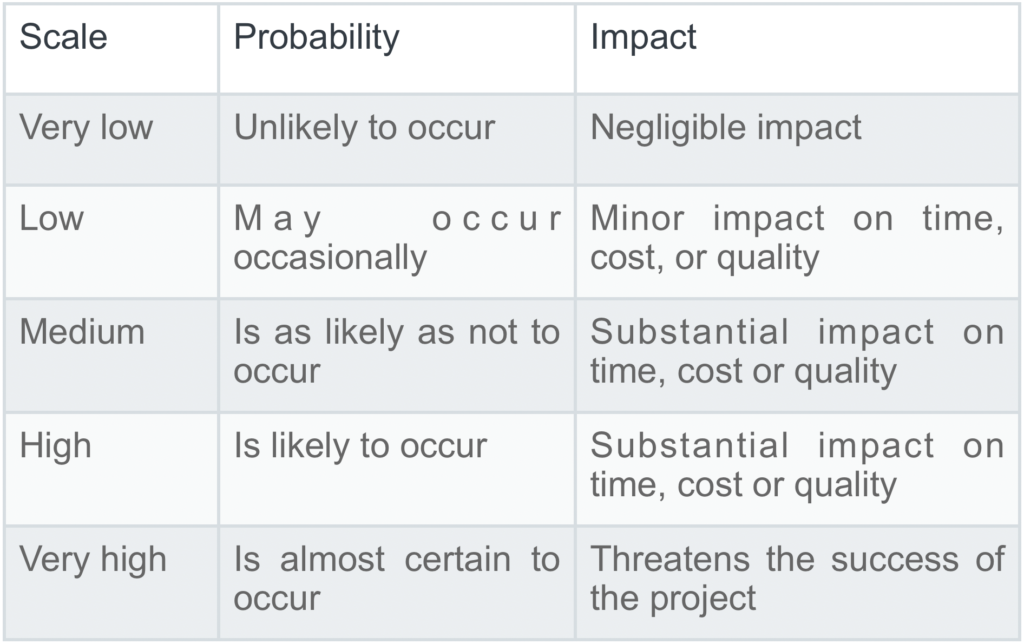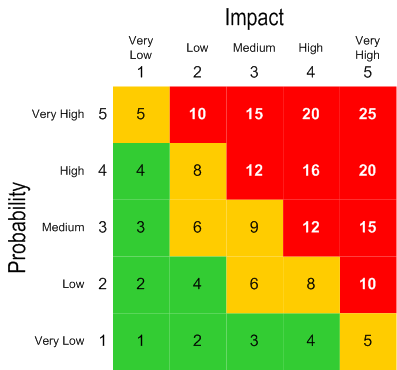Considerations in attending to artworks made in Art Therapy or Arts & Health
Introduction to the considerations
This document contains “considerations” to take into account when attending to artworks made by Art Therapy clients and Arts & Health participants.
These considerations focus on visual artworks, although it is expected that a good number of them will be relevant to other forms of creative expressions.
“Attending to” the artwork covers different forms of engagement with, or acts done to, the artwork and would include:
• Advocating for the artwork
• Archiving the artwork
• Digitizing the artwork
• Sharing the artwork with the wider public, with a select group, with peers; This may also include ‘gifting’ the artwork with specific or key people), showing the artwork (includes public exhibitions or making visible via appointments), and sharing the artwork for clinical supervision within Art Therapy
• Exhibiting the artwork; or, making the artwork available on premises accessible by the public (a select group or wider)
• Keeping the artwork from view or keeping the artwork private; including, storing and keeping the artwork securely*;
• Making the artwork available online (via an online exhibition, social media or elsewhere)
• Photographing the artwork; including for the purpose of keeping a record, for display or for clinical supervision within Art Therapy
• Selling or publishing the artwork in a commercial context; Making money from the artwork (this may include sales, commissions, advertising or licensing)
• Destroying or disposing of the artwork (this may include: helping the client or participant to destroy the artwork; or, destroying the artwork as a ritual)
• Commenting on the artwork, talking or writing about the artwork (including artworks that are not shown)
• Using the artwork as training tool for appropriate students or professionals
This list is not exhaustive.
Note: Word or phrases marked by an asterisk (*) are defined in the Glossary.
How to use these considerations
Put simply, these considerations cover the questions we should ask ourselves before keeping, showing, selling, commenting on, destroying, and so forth, the artwork.
The process of working through these considerations is not linear. It is not perfectly circular either, even though we might find ourselves re-considering the same issues or themes at different times in our reflection. This is a consequence of the fact that the decisions we will make in attending to artworks made in the context of Art Therapy or Arts & Health can be complex, subtle and multi-layered.
These considerations are a form of risk-assessment in attending to artworks made in the context of Art Therapy or Arts & Health. Each consideration invites us to gauge harm, or risk of harm, in relation to different people (or stakeholders) associated with the artwork(s). They include risks to the wellbeing and legal position of different stakeholders, including the author* or maker* of the artwork, persons depicted or referred to in the artworks, and ourselves (as the person attending to the artwork(s)).
Our answer to each consideration should therefore consider two aspects: the impact (how ‘bad’ or ‘severe’ would the harm be if it materialized?) and the probability (how ‘likely’ is the harm to occur?). Together, these two aspects produce a scale to help us assess the risk involved, to which we can apply numbers or a traffic light colour-coding to better visualize the situation. This type of risk matrix is often referred to as a ‘RAG’ rating, standing for Red, Amber, Green.
Here is the example of a linear scale using five points to gauge the risks:

Here is another example using numeric values on a two-axis scale, also using 5 points to weight the risk:

Content of the considerations
The considerations are questions, some open, some closed, inviting us to consider the broader context of the artwork and our intended use. There are no indicative answers to these questions. This is deliberate; it accounts for the fact that each situation, artwork, and use thereof, is highly fact-sensitive and context-specific. The only suitable universal answer would be “it depends”. For this reason, we felt that better guidance would be gained from providing a self-help risk-assessment process that can be tailored to our respective situations, using our knowledge of the artwork.
The list of considerations reflects the law (as applied in England & Wales) and standards of practice from the regulated profession of Art Therapy (as practised in the UK, under the Health & Care Professions Council, HCPC).
Importantly, these considerations also reflect what is experienced as desirable or good practice in Art Therapy, Arts & Health and Law. Collectively, we have a sense of what is valued, and what is considered as useful and helpful and what is not.
The considerations build a picture of what desirable practice looks like. They stem from discussions with former Art Therapy clients and Arts & Health participants, Art Therapists, Arts & Health practitioners, lawyers, and scholars in the fields of Disability Arts and Law.
Views and experiences on these considerations were collected via workshop discussions, image-making and interviews in the context of a pilot research project funded by the Exeter Wellcome Centre for the Cultures and Environments of Health.
Objectives of the considerations
The objectives in producing this list of considerations, and addressing them, are:
• To provide guidance in situations which raise complex legal and ethical questions, for which there is no clear-cut or straight-forward answer;
• To identify desirable practice in Art Therapy and Arts & Health; and, conversely, identify the spectrum of practices, ranging from negligent or undesirable to good practice.
• To raise awareness of the challenges posed when seeking to identify desirable practice.
‘Best’, ‘desirable’ and ‘good’ practice
This project was originally set to explore ‘best’ practice. We quickly moved away from the phrase ‘best practice’ as it became apparent that decisions in attending to artworks made in the context of Art Therapy and Arts & Health fell within a spectrum. This spectrum of practice ranges from ‘best’ to ‘negligent’ practice, with ‘desirable’ and ‘good practice’ situated in between these two extremes. We also note that Art Therapy and Arts & Health have some differing expectations of ‘best practice’. The considerations we propose aim to encompass both fields of practice.
‘Best practice’ may not be feasible or achievable for every decision we will make about each artwork because of the complexity of the materials we are attending to. Our aim will be to make decisions that amount to good or desirable practice overall. We argue that this is best done when we perform a risk-assessment covering the considerations we outline below.
We come to the conclusion that ‘best practice’ is performing this comprehensive risk-assessment (by covering these considerations) when attending to artworks made in the context of Art Therapy or Arts & Health. The decisions that will flow from our risk-assessment will be individual ‘outcomes’ that may range from ‘good’ to ‘desirable’, depending on the circumstances.